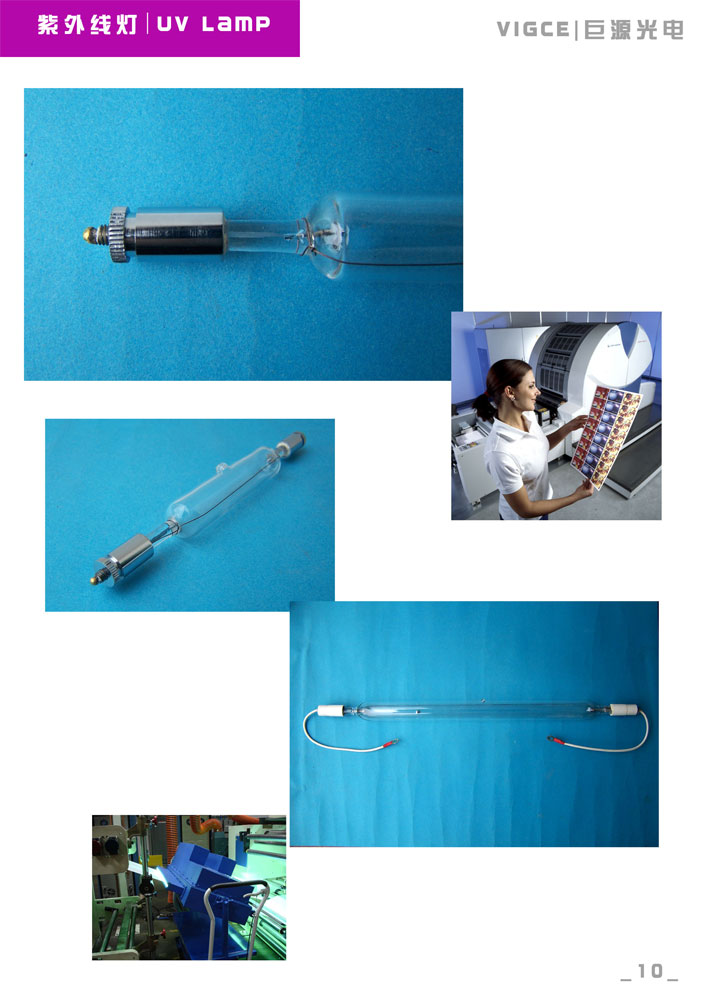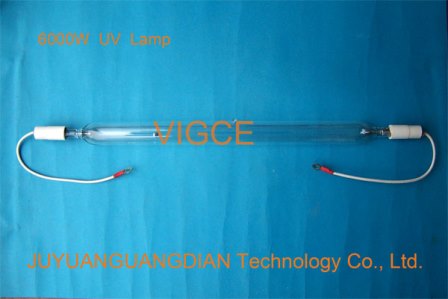Since the first UV-curable polyester resin coating was made by Bayer AG in the Federal Republic of Germany in 1968, the technology of using such resins to make coatings and inks has been continuously improved, leading to the development of the coating industry.
1. The mechanism of light curing
Light-curing coatings are also called photopolymerization coatings. Photosensitive substances are added to the coating, which can absorb light energy of a certain wavelength under the irradiation of light, causing polymerization reactions, so that the coating film can achieve the purpose of rapid curing and drying. Photosensitive substances can cause various chemical reactions under the action of light. For example: oxidation, reduction, decomposition, polymerization and cross-linking, etc. Its photosensitivity is determined by the wavelength of light it absorbs, mainly near-ultraviolet light. The wavelength range is 3000A~4500A.
As for the resin of light-curing coatings, there is not much difference from ordinary coatings. Generally, unsaturated polyester resins, acrylic resins, alkyd resins, etc. are used. The main differences are as follows: ① The molecule contains free radical polymerizable unsaturated groups; ② Contains styrene monomers; ③ Photosensitizers (photopolymerization initiators). The most important is photosensitizers. The mechanism of photosensitizer decomposing into free radicals under the action of light is as follows: Where: Ar is an aromatic group, such as phenyl, o-tolyl, p-tolyl, p-anisyl, β-naphthyl, etc.
The above compounds show that after being irradiated with light, they decompose into active radicals. This active radical, together with the resin or monomer containing free radical-initiating polymerizable unsaturated groups in the molecule, becomes the seed of polymerization initiation and undergoes a polymerization cross-linking reaction. As for the initiation (excitation) rate (Ri) obtained by the free radical under the action of light, G. Oster once proposed the following approximate relationship:
Ri=(light intensity) x (quantum efficiency) x (light path length) x (photosensitizer concentration)
Photosensitive substances should have good thermal stability and fast sensitivity to light. So far, not many photosensitizers have been found to be useful for coatings.
2. Characteristics of photocuring
Generally, the curing process of coatings is achieved by heat energy, while photosensitive substances are added to resins to make photocurable polyester resins. After the coating absorbs ultraviolet light energy, it cures to form a paint film within 30 to 120 seconds.
Advantages
①When irradiated with ultraviolet light, it can be cured and dried in a very short time (1~2 minutes). In the past, it took about 1~2 days to cure the paint.
②There is no need to worry about the activation period of the paint, and it is suitable for coating materials that are not suitable for high-temperature heating, such as: coating wood, paper, plastic, concrete and thick metal plates with large heat capacity.
③The paint does not contain volatile solvents, and the volatile loss of styrene monomer during the curing process is very small, and there is little pollution.
④Compared with the equipment and processing volume, the floor space is small, the finished product dries quickly, and it is suitable for conveyor-type ultraviolet irradiation device assembly line to improve labor production efficiency and quality.
The disadvantage is that the paint with high hiding power is not applicable, and the angle of light irradiation has a great influence on the curing effect. Therefore, some places on the coated objects with complex shapes are prone to "dead corners".
发送反馈
侧边栏
历史记录
已保存


Contact: QianShuang
Phone: (86)028-84123481
Tel: (86)028-84123481
Email: vigce_com@126.com
Add: NO.66 GuiWangQiao West Road,Chengdu,Sichuan,P.R.China